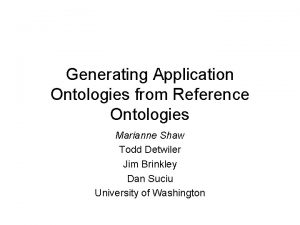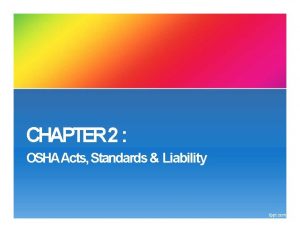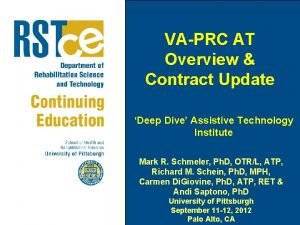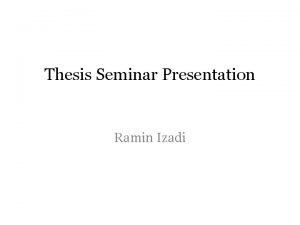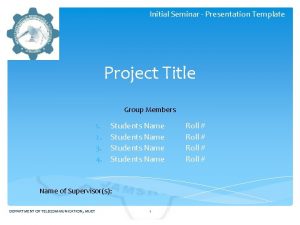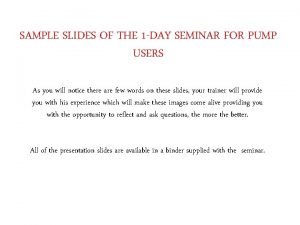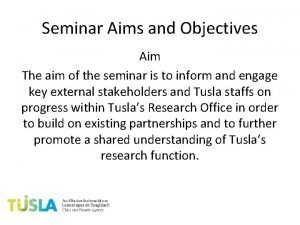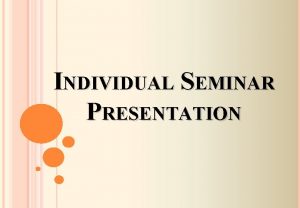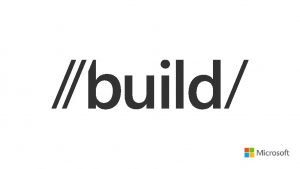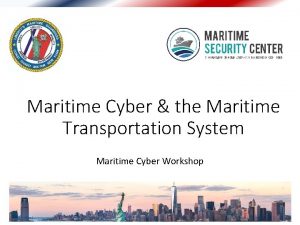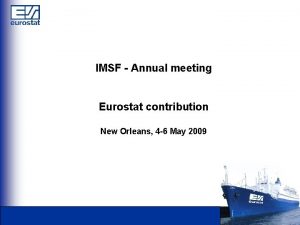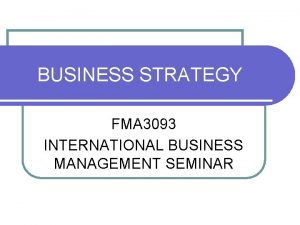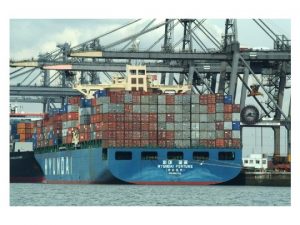FMA presentation to the IMSF Annual Maritime Seminar
















- Slides: 16

FMA presentation to the IMSF Annual Maritime Seminar Gdansk 2008 COLLECTING MARITIME DATA IN FINLAND Hannu Kuikka Researcher Marine Statistics

CONTENT OF THE PRESENTATION 1. Finnish Maritime figures 2. Introducing the Port. Net portal 3. Special features of the Port. Net 4. The main benefit of the system 5. Summary

Seaborne transports between Finland foreign countries in 1980 -2007 Mill. tons Total Import Export 2007

Seaborne trade between Finland foreign countries by area in 2007 Australia 0, 5 % Asia 0, 7 % South America 0, 8 % Africa 1, 5 % North America 4, 1 % Other European countries 16, 9 % EU countries 75, 5 %

Passenger traffic between Finland foreign countries in 1980 -2007 Mill. passengers Total Sweden Estonia 2007

2. Introduction to the Port. Net • Organizations • Background • Implementation • Access to the Port. Net

Port. Net organizations The Port. Net community - Finnish Maritime Administration - The Customs - 20 biggest ports The Port. Net users - FMA Port Authorities The Customs Vessel Traffic Operators Frontier Guard - Shipowners - Ship Agents - Stevedoring Companies

Background • The idea was to create a comprehensive national Single Window Application for all authority notices required at ship departures and arrivals to/from all Finnish ports • Customs helped FMA to set such legislation in place that made reporting mandatory • The most important and sought after pieces of information are: • Ship time tables (ETA, ATA, ETD, ATD) • Cargo (including hazardous cargo) • ISPS data

Implementation of Port. Net • The first version of Port. Net was built in 1994 for reporting dangerous goods only • In 2000 a web based system was introduced • The number of registered users has increased to about 2 000 and daily users around 1 000 • In 2007 nearly 40 000 ships arrived to Finnish ports and 99 % of all the traffic was electronically reported into the Port. Net

Implementation of Port. Net 2 • Port. Net 2 is in the works and it will be introduced in 2009 and FMA will be solely responsible for it • Port. Net 2 also accommodates what is coming out of the new EU Customs directive • In the future there are plans to enlarge Port. Net to • Pilot services • Vessel positioning by linking Port Net-system to the National AIS-Network • Vessel Traffic System by linking Port Netsystem to the National VTS-system

Access to the Port. Net • Access to the Port. Net is restricted • However, timetable information is open for use by anybody but cargo information is restricted to authorities, the concerned ship agents and the port in question

3. Special features of the Port. Net • Data could be input using the • Web interface • XML file transfer became quickly the standard for bigger firms. • The web interface is normal among smaller operators.

The system of the Finnish Official Maritime Statistics • Port Authorities • The Customs • Vessel Traffic Operators • Frontier Guard Shipowners Port. Net Ship Agents FMA Euro. Stat • Shipowners • Ship Agents • Stevedoring Companies • Official Finnish port statistics are directly produced from the Port. Net • With a lead time of only one month after the month is closed

The system of the Finnish Maritime Administration Ports database Quality control Port. Net Traffic data Ships’ data FMA database Euro. Stat Ship’s data Lloyd’s Ship’s data Classification societies • Shipping statistics • Shipping between Finland Foreign Countries • Domestic Waterborne Traffic • Canal Traffic • Merchant Fleet • Other statistical publications

4. The main benefit of the Finnish system Quality of the maritime statistics • Electronic notices • Quality checking of the Port. Net by using the Ports database • Close co-operation with the original source of the information • FMA’s wide expertise of the maritime environment

5. Summary • The Port. Net is a prime example of both a single window application as well as authority co-operation • If the departure notice from a Finnish port could be automatically and directly converted into an arrival notice in another port, there would great benefits for all involved actors • Eurostat’s initiative in creating an European-wide e-Maritime system resembles the Port. Net
 Marianne shaw
Marianne shaw The scope of fma 1967 covers in the following sectors
The scope of fma 1967 covers in the following sectors Prcs contract software
Prcs contract software Ramin izadi
Ramin izadi English seminar presentation
English seminar presentation Seminar presentation outline
Seminar presentation outline Slide todoc.com
Slide todoc.com Sample of seminar presentation
Sample of seminar presentation Purpose of seminar
Purpose of seminar Final year project presentation
Final year project presentation Importance of seminar in education
Importance of seminar in education Cái miệng xinh xinh thế chỉ nói điều hay thôi
Cái miệng xinh xinh thế chỉ nói điều hay thôi Thể thơ truyền thống
Thể thơ truyền thống Các châu lục và đại dương trên thế giới
Các châu lục và đại dương trên thế giới Từ ngữ thể hiện lòng nhân hậu
Từ ngữ thể hiện lòng nhân hậu Diễn thế sinh thái là
Diễn thế sinh thái là
